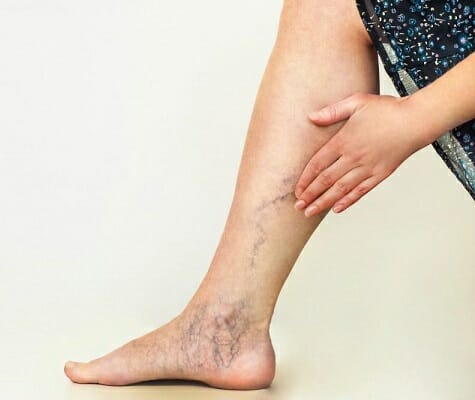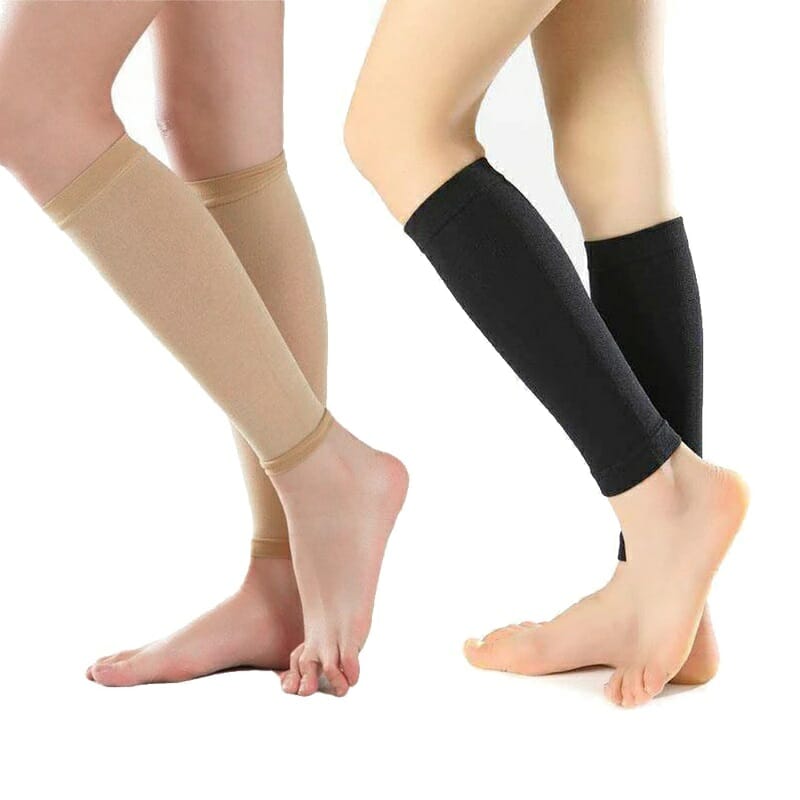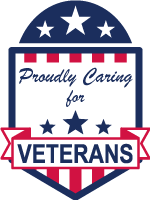2021 ACCEPTED INSURANCE
WE ACCEPT MEDICARE AND MOST PPO INSURANCE PLANS. ACCEPTED MEDICAL INSURANCE INCLUDES:
Accepted Medical Insurance Plans:
We are contracted with most major health plans depending on the medical group.
Health Plans
Anthem BlueCross
- BlueShield
- Cigna
- Healthnet
- United Health Care
- CareMore
- Coventry/First Health
- Cal Optima
- Tricare and TriWest
Medical Groups/IPA’s
AMVI under Prospect Medical
- Community Care Connect
- Noble Mid-OC
- Regal Medical Group
- Alta Med
- Premier IPA
Alta Med MSO
Anthem BlueCross Covered CA – HMO
Healthnet Covered CA – HMO
Healthnet Salud – HMO
Medi-Cal HMO’s
Anthem BlueCross Medi-Cal
Cal Optima Medi-Cal
Care 1st Medi-Cal
Healthnet Medi-Cal
Medicare Advantage
Anthem BlueCross
- BlueShield
- Brand New Day (Universal Care) – DSNP
- Cal Optima One Care
- Care 1st
- Care More
Central Medicare – DNSP
Easy Choice – DNSP
Healthnet
United Health Care
*We are thrilled to offer the Veterans Choice Program with Triwest which allows veterans to be seen if their wait time is longer than 30 days or if the closest VA is more than 40 miles from their home. In order for the patients to been seen they will still need to obtain an authorization to be seen at La Jolla Vein Care and the letter must be received before they come in for their visit.
What Does Insurance Require To Pay For Vein Treatment?
Although varicose veins are often dismissed as cosmetic problems, their likelihood of affecting your circulatory health is significantly high. Luckily today, most medical insurance types cover the vein treatments that are deemed medically necessary but not for cosmetic care. Spider veins, which are small clusters of blood vessels visible on the skin, are deemed as a cosmetic treatment, thus not covered by insurance. However, the varicose veins, which manifest as large bulging veins on the legs, are covered by insurance especially when the condition is accompanied by leg pain and discomfort.
Four Main Criteria for medically necessary vein treatment.

1. The varicose veins must be accompanied by leg pain, swelling, or other symptoms
The varicose veins make our legs look ugly. However, the ugly appearance of the veins does not mean that the condition needs medical attention. One of the criteria that show that the varicose veins need medical attention is the presence of symptoms such as leg pain, swelling, heaviness, burning, and cramping of legs during the night. Some of the other varicose vein complications that show the need for treatment include open wounds, change of skin color around the ankle, phlebitis, and bleeding vein.

2. Symptoms must affect daily life
The next criteria are to demonstrate that the symptoms are severe enough to compromise your ability to work. For instance, varicose vein’s symptoms may restrict a nurse from standing for long hours and offering their surface. The intense pain or heaviness may force the nurse to take many breaks to elevate the legs and ease the discomfort. A teacher with the condition may also be unable to work for long hours due to leg swelling and pain. Additionally, if the symptoms interfere with your lifestyle, for example limiting your ability to do house chores or take part in daily workouts proves that the condition needs medical attention.





3. Try conservative treatment for 6 to 12 weeks.
Most insurance policies also require evidence of trial of conservative therapy before covering vein care treatment. The companies require the patient to try out things that help improve the symptoms without involving medical procedures. Some of the conservative measures that you need to do include, elevating your legs above your heart’s level, walking, maintaining a healthy weight, and exercises. You are also required to try out anti-inflammatory medication and wear compression stockings.
The insurance company requires you to wear medicinal compression for about 6-12 weeks before covering the treatment. If you have varicose veins, you begin by making a consultation before implementing the conservative management. Start documenting all the conservative treatments that you are using to manage the condition. You should also consult your doctor to get medicinal-grade compressions. Ensure that you get a prescription from the doctor, as this will play a major role in determining the length of time you have been using the conservative treatment.



4. Evidence Venous reflux must be demonstrated using ultrasound.
Medical insurance companies categorically state that they do not cover fixing of veins unless the veins are broken. The only way to prove that the vein is broken/not working, as it should, is to undergo an ultrasound examination. Your medical insurance company will ask for the ultrasound examination report before determining whether your case needs medical attention.



Bottom Line
In summary, the above are the most common criteria that must be met for health insurance to cover vein treatment. However, it is important to point out that these are general criteria and medical insurance policies can be different. As such, it is crucial to check with your medical insurance to determine the specific requirement they need.














